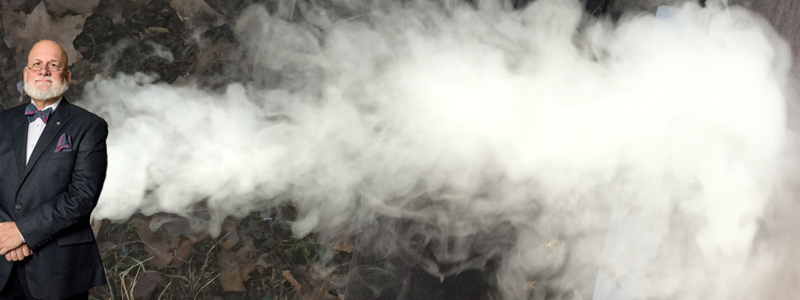Quality sleep is almost a universal problem. My experience in the health field suggests that vast numbers of adults suffer from both of these problems. It is a rare week when I’m not asked if I “have something to help me sleep.” Some of us have trouble falling asleep at bedtime while others find it all but impossible to get back to sleep if they get up during the night. Bathroom visits are a common reason to get up before the alarm goes off.
In July 2015 we published a list of 24 suggestions for improved sleep. Not everyone succeeds, even if they follow all 24 recommendations. For those who still struggle, the answer is certainly not using drugs. Here are a couple more tips anyone can use to make it easier to get to sleep and return to it when it’s interrupted.
Several years ago I was talking with a doctor who asked “how” I sleep. I answered positively, but he was actually asking how I mechanically got into the Land of Nod.
I responded that I usually lay flat on my back with my hands above or under my head. The doctor pointed out my habit could be dangerous because I was partially closing off my respiratory system. Putting my arms up was causing increased accumulation of carbon dioxide (CO2) and could result in sleep apnea (a disorder in which you have one or more pauses in breathing or shallow breaths while you sleep). Sleep apnea is an issue when it interferes with sleep. It can be a health concern if the cause isn’t eliminated. For someone who ants to go to sleep, increasing CO2 is a safe approach because you will lower your arms as you assume your regular sleeping posture. Like a petulant child who holds her breath, she’ll breath normally without intervention by mom.
Most of us will curl up into our usual sleeping position when we enter our normal sleep mode, thereby lowering our arms – often rolling to the side and pulling the covers up. That action interferes with the act of increasing CO2 and normal breathing resumes. Any possible harm would come from sleeping through the night with the arms above the head.
The same technique can be used when the night’s sleep is interrupted – by a trip to the bathroom, for example. Settle back into bed and raise arms up. Sleep resumes as CO2 increases.
Donna worked with us several years ago and she swore that problems getting back to sleep could be associated with opening both eyes on the way to the bathroom. She said opening only one eye – and squinting the other – made the transition back to sleep more efficient. Combining one eye and squinting with arms over head seems like a reasonable, safe technique.
To enhance the sleep inducing CO2, inhale deeply through the nostrils – to a count of seven. Focus on counting. Pause for a count of one. Then exhale through the mouth – to a count of seven. Pause for a count of one. Again, focusing on the counting. Then, repeat. Deep breathing and counting also helps clear the mind of stray thoughts – a most important element in good sleep.
However you choose to get to sleep and stay there, consider trying something that isn’t reliant on chemicals. And if you have another good suggestion, please share!

